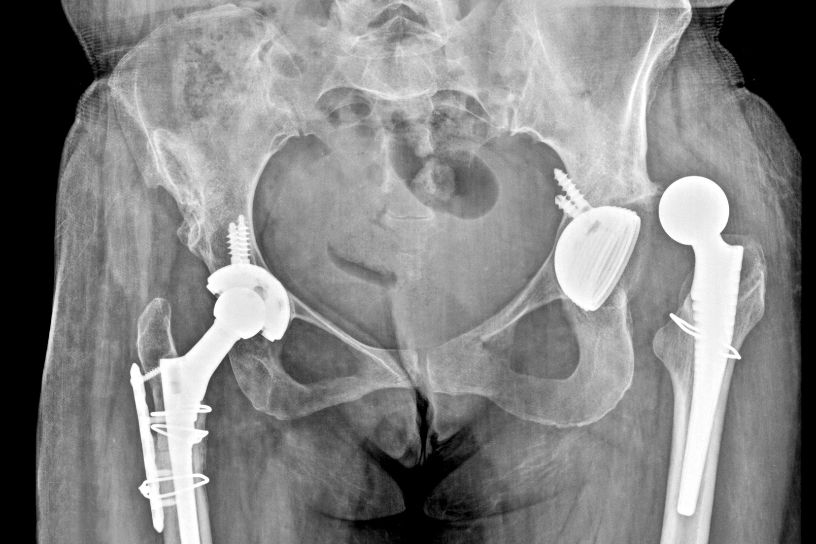Hip Dislocation Treatment
The hip joint is a ball and socket joint. The “ball” is the head of the femur, or thigh bone, and the “socket” is the cup shaped acetabulum. The joint is surrounded by muscles, ligaments, and tendons that support and hold the bones of the joint in place. Hip dislocation occurs when the head of the femur moves out of the socket. The femoral head can dislocate either backward (posterior dislocation) or forward (anterior dislocation).

Hip dislocation can be caused by injuries from motor vehicle accidents or severe falls. The hip dislocation is usually associated with fractures of the acetabulum. The common symptoms of hip dislocation include pain, inability to move injured leg. A dislocation may also be associated with a fracture in the hip, back or knee bones. Dislocated hips need urgent reduction in an emergency department or operating theatre to try and prevent the complication of avascular necrosis.
Treatment involves reduction, in which repositioning of the bones to their normal position under anaesthesia is done. Surgery may be performed to fix the acetabulum fractures and to remove fragments of bone or torn tissues that block and prevent reduction. During your recovery, you are advised to limit movement and placing weight on the injured hip with the use of crutches. Physical therapy is vital in regaining the strength and mobility in the hip joint after treatment.
